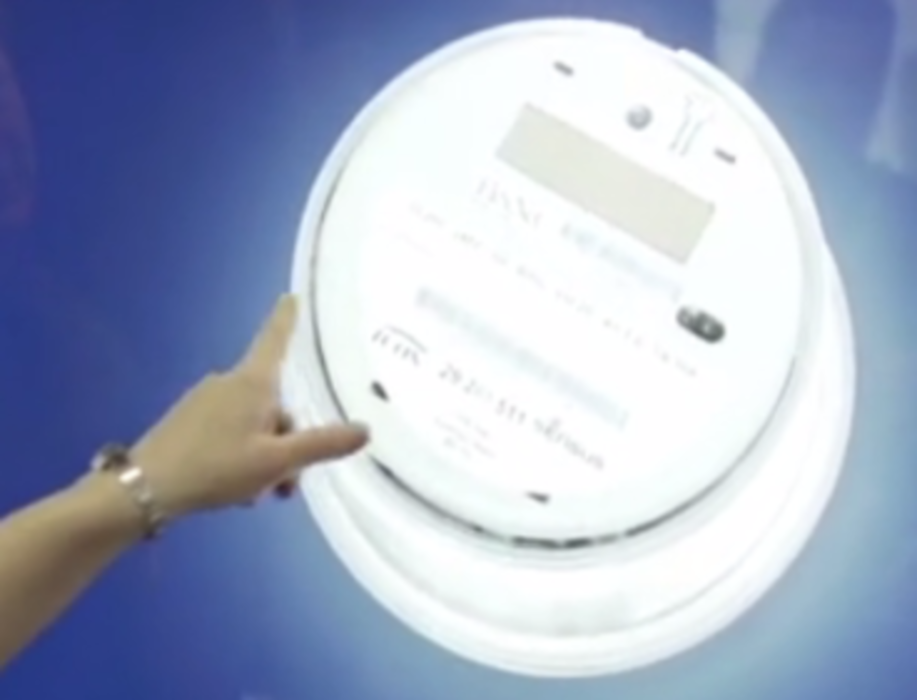Note to all B2B marketers who think interaction is what prospects do on your website: You’ve got another thing coming. In fact, Gavin Finn predicts that, when it comes to moving leads through the pipeline, websites may soon become as quaint as 10-pound Yellow Pages. PDFs? Pretty Darn Funny. PowerPoints? Invest in a power suit instead.
Finn, whose Kaon Interactive creates virtual product presentations incorporating 3D and augmented reality for marketers and sales teams of high-consideration products, claims that in the next few years B2B companies will learn what true interaction is. Nurturing leads based on their website behavior is all well and good, but Finn maintains it is hardly the B2B equivalent of customer engagement.
“People don’t remember much of what they read or what they heard in a presentation, maybe about 20 to 25 percent,” Finn says. “If they’re involved in the process, though, they remember 75% or more.”
The concept is hardly new. In fact, according to Finn, a Ph.D. from MIT, it goes at least as far back as the mid-20th century when a professor named Edgar Dale created the “Cone of Learning,” stating that people remember 20% of what they hear, 70% of what they say, and 90% of what they say and do.
What B2B salespeople and marketers didn’t have 70 years ago, however, were mobile phones and tablets that can turn sales calls into interactive demo sessions. The irony is that these technological advances may serve to separate them from their computer monitors and send them packing on more old-fashioned sales calls. Marketers can afford bigger travel budgets on the savings they’ll realize from not having to ship vans full of equipment to trade shows. At shows and in client offices they’ll use 3D screens and iPads to let prospects flip over, turn, pull apart, and even measure their complex, high-priced merchandise.
One Kaon client, Michael Rapp, senior manager of marketing operations for Fujitsu’s network communications business, says he was able to increase sales while saving more than $100,000 on not shipping “big silver boxes” to trade shows. “We now call those the ‘Rolling Iron Days,’” Rapp says.
There are three keys to creating true interaction in presentations, Finn says:
Sensory engagement. Get prospects to use their senses of sight, hearing, and touch in a presentation. Employing all three is crucial for attaining high retention rates.
Intellectual engagement. Get people actively probing the product and questioning it during the presentation. “Just think about all the trade show booths you’ve been in with funny themes and kitschy games,” Finn says. “After 20 minutes, you don’t remember what they were selling.”
Emotional engagement. Surprisingly, Finn says this is the most important of the three. The more you can create an emotional response, he claims, the higher the retention rate goes. And he’s not talking just about delight; he’s talking about disappointment, concern, and anger. “If people recognize a great cost opportunity,” he says. “They will exhibit a sense of urgency and frustration about why they’re not doing things that way.”








